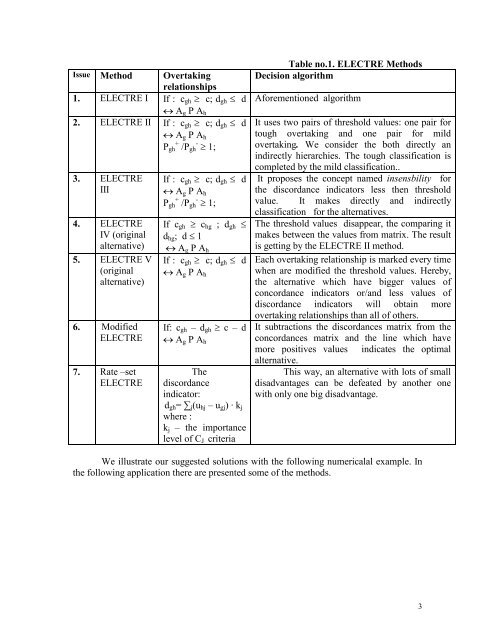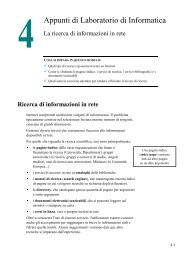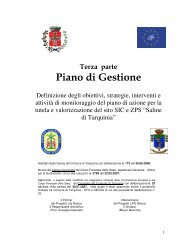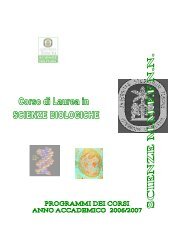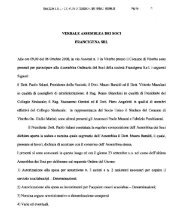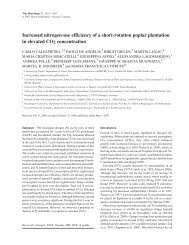some particular aspects concerning electre method applications
some particular aspects concerning electre method applications
some particular aspects concerning electre method applications
You also want an ePaper? Increase the reach of your titles
YUMPU automatically turns print PDFs into web optimized ePapers that Google loves.
Issue Method Overtaking<br />
relationships<br />
1. ELECTRE I If : c gh ≥ c; d gh ≤ d<br />
↔ A g P A h<br />
2. ELECTRE II If : c gh ≥ c; d gh ≤ d<br />
↔ A g P A h<br />
P + gh /P - gh ≥ 1;<br />
3. ELECTRE<br />
III<br />
4. ELECTRE<br />
IV (original<br />
alternative)<br />
5. ELECTRE V<br />
(original<br />
alternative)<br />
6. Modified<br />
ELECTRE<br />
7. Rate –set<br />
ELECTRE<br />
If : c gh ≥ c; d gh ≤ d<br />
↔ A g P A h<br />
P gh + /P gh - ≥ 1;<br />
If c gh ≥ c hg ; d gh ≤<br />
d hg ; d ≤ 1<br />
↔ A g P A h<br />
If : c gh ≥ c; d gh ≤ d<br />
↔ A g P A h<br />
If: c gh – d gh ≥ c – d<br />
↔ A g P A h<br />
The<br />
discordance<br />
indicator:<br />
d gh = ∑ j (u hj – u gj ) · k j<br />
where :<br />
k j – the importance<br />
level of C J criteria<br />
Table no.1. ELECTRE Methods<br />
Decision algorithm<br />
Aforementioned algorithm<br />
It uses two pairs of threshold values: one pair for<br />
tough overtaking and one pair for mild<br />
overtaking. We consider the both directly an<br />
indirectly hierarchies. The tough classification is<br />
completed by the mild classification..<br />
It proposes the concept named insensbility for<br />
the discordance indicators less then threshold<br />
value. It makes directly and indirectly<br />
classification for the alternatives.<br />
The threshold values disappear, the comparing it<br />
makes between the values from matrix. The result<br />
is getting by the ELECTRE II <strong>method</strong>.<br />
Each overtaking relationship is marked every time<br />
when are modified the threshold values. Hereby,<br />
the alternative which have bigger values of<br />
concordance indicators or/and less values of<br />
discordance indicators will obtain more<br />
overtaking relationships than all of others.<br />
It subtractions the discordances matrix from the<br />
concordances matrix and the line which have<br />
more positives values indicates the optimal<br />
alternative.<br />
This way, an alternative with lots of small<br />
disadvantages can be defeated by another one<br />
with only one big disadvantage.<br />
We illustrate our suggested solutions with the following numericalal example. In<br />
the following application there are presented <strong>some</strong> of the <strong>method</strong>s.<br />
3


